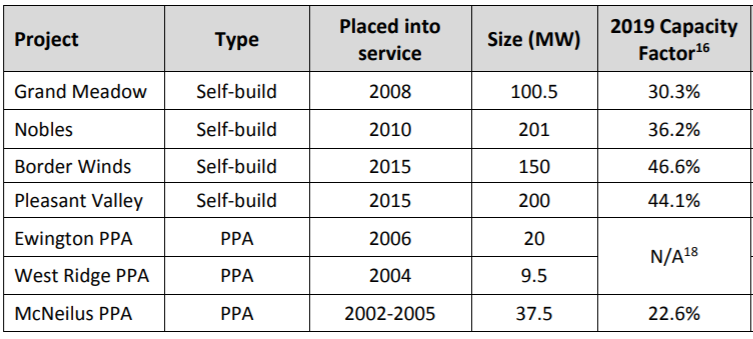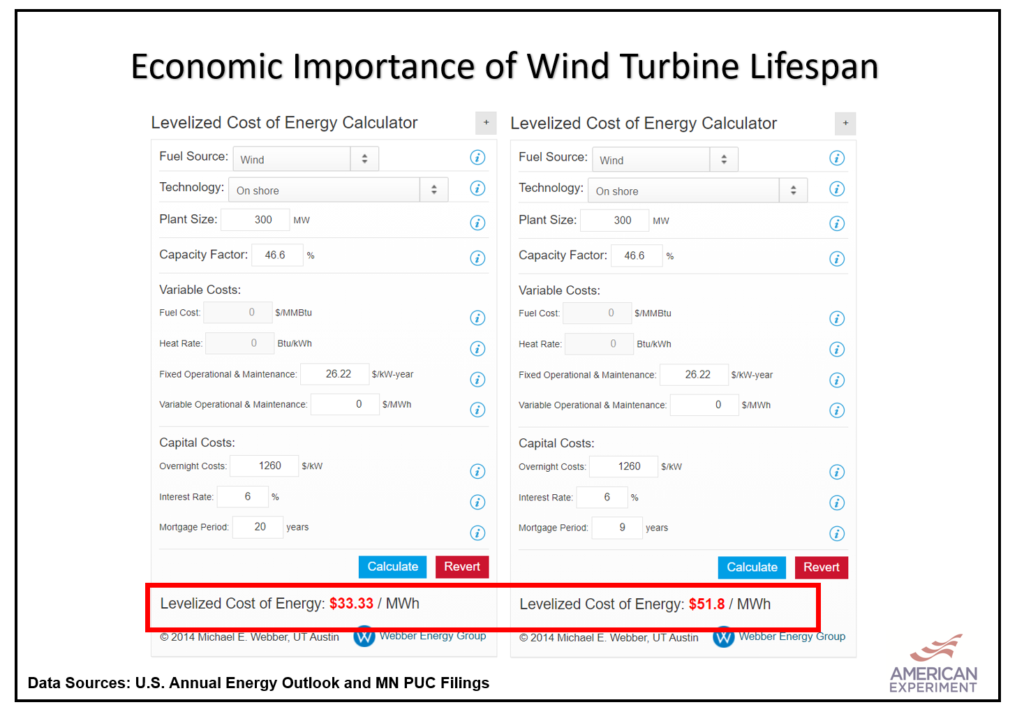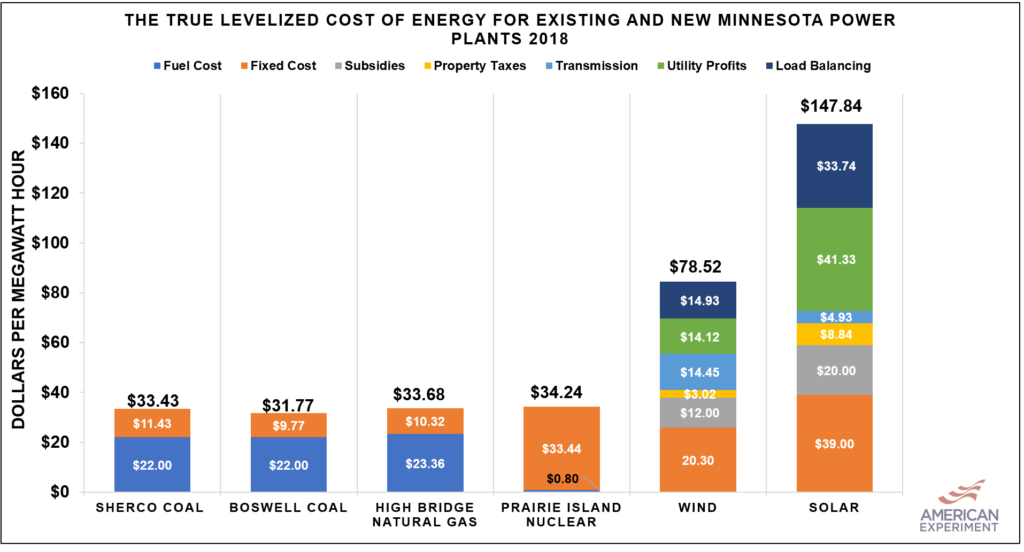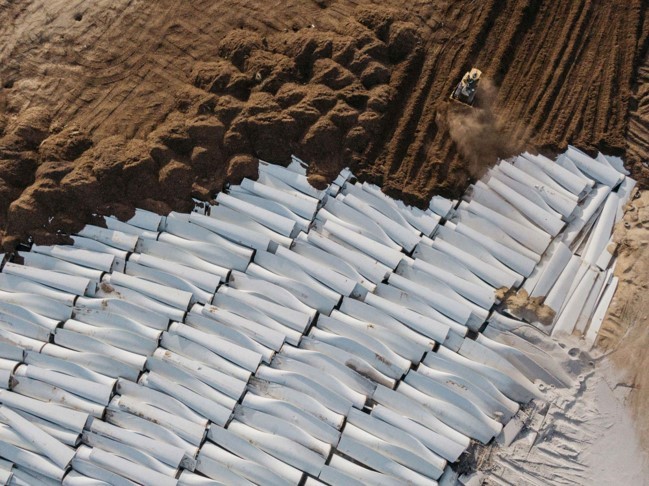Xcel Energy is Decommissioning and “Repowering” Five Wind Facilities Before the End of Their 20-Year Useful Lifespan
Last week, the Minnesota Public Utilities Commission (PUC) approved Xcel Energy’s $750 million plan to decommission and rebuild, or “repower” five wind facilities before the end of their useful 20-year lifetime. The implications of Xcel’s proposal are massive because it demonstrates that many wind facilities don’t even last for 20 years before utilities seek to tear down their old turbines and build new ones.
According to documents filed with the PUC, Xcel will repower turbines at Grand Meadow, Nobles, Borders Winds, Pleasant Valley, and assist with repowering the Ewington facility. Repowering wind facilities can involve tearing down the old wind turbines and building newer, larger wind turbines, or refurbishing existing turbines with longer blades and wider rotors. Either way, repowering facilities is an expensive endeavor.
Out With the…Old?
The National Renewable Energy Laboratory (NREL) says that wind turbines are supposed to have a 20 year useful lifetime, but the table below shows none of the facilities seeking to be repowered has lasted that long. The McNelius facility’s oldest turbines are 18 years old, and the turbines at the Border Winds and Pleasant Valley facility have only been in service for five years.
In contrast, Minnesota’s coal, nuclear, and natural gas plants can operate from 60 to 80 years, providing reliable, affordable electricity for much longer timespans than wind turbines.

Short Lives Mean Big Costs
The short useful lifetime of these wind facilities has enormous implications for their costs. We often measure the cost of power plants using a metric called the Levelized Cost of Energy, or LCOE. This metric attempts to measure the cost of each unit of electricity generated by a power plant, usually measured in megawatt hours (MWh), over an assumed lifetime and duty cycle.
It helps to think of LCOE estimates as the per-mile cost of driving your car. The more miles you travel, the less each individual miles costs because the up front cost of purchasing your car is spread over more miles. If Xcel’s wind turbines are supposed to last for 20 years, but don’t last that long, it means the cost of the wind turbine will be spread over fewer units of electricity.
For example, using wind turbine cost estimates from the U.S. Energy Information Administration for the Borders wind facility (46.6 percent capacity factor), we can see the enormous jump in the cost of electricity generated from the facility if it is repowered by 2024 and only lasts for nine years, instead of 20 years.
All else being equal, the graphic below shows the cost of the wind facility would increase from $33.33 per MWh if it operated for 20 years, to $51.80 per MWh if it operated for nine years. Minnesota families and businesses have already absorbed the large, up front price increases from building these facilities, but now they will be expected to foot the bill all over again.

To make matters worse, this $51 per MWh does not include all of the other costs that accompany wind turbines, like the massive spending needed to build enough transmission lines, larger utility profits, increasing property taxes, or the large, hidden costs associated with building new natural gas plants to make sure we still have enough electricity to power our lives when the wind isn’t blowing.
When these costs are accounted for, wind is even more expensive than our existing coal, natural gas, and nuclear power plants, even if we assume a 20 year useful lifetime.

Environmentally Friendly?
What will become of the turbines that are being decommissioned before the end of their useful lifetime? In all likelihood, the towers will be removed using cranes and the steel, copper, and other metals will be recycled. However, the fiberglass blades are not recyclable, and will likely end up in a landfill, and the concrete foundations will likely be removed to a depth of four feet, where the rest of the massive wind turbine base will remain in the ground forever.

Conclusion
Xcel Energy’s plan to repower these five wind facilities will increase costs for Minnesota families and businesses by forcing them to pay for repowering wind facilities before the turbines have reached the end of their short useful lifetime. Tearing down wind turbines before 20 years has major cost implications, and will lead to hundreds of wind turbine blades being shipped to landfills.